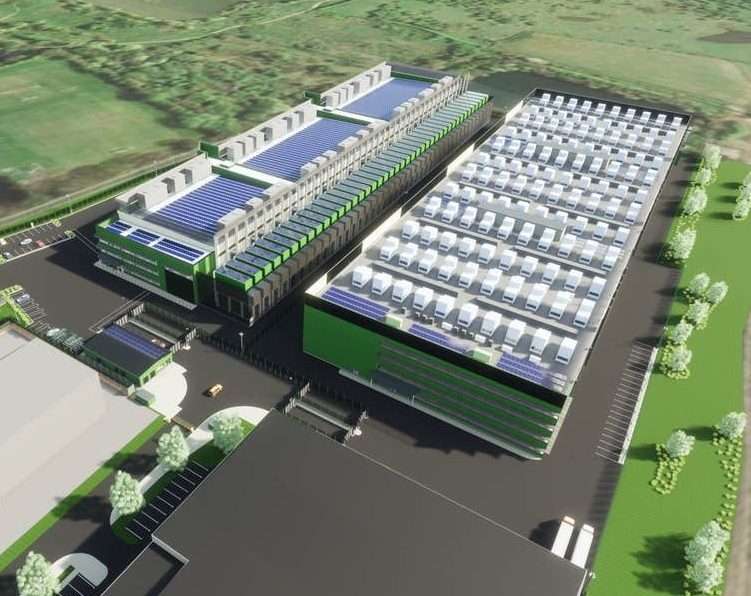Sustainable buildings and data centres are becoming the new standard, with a focus on energy efficiency, water conservation, occupant health and well-being, as well as waste reduction.
In the construction of sustainable buildings, engineers are increasingly implementing energy-efficient design principles, integrating renewable energy sources, and utilising advanced building automation and control systems.
Water conservation strategies, such as rainwater harvesting and low-flow fixtures, are also being incorporated as standard to minimise water usage. Furthermore, occupant health and well-being are prioritised through daylighting, ventilation, and the use of low VOC materials, among other strategies.
Data centres, which are crucial for the digital infrastructure, are also adopting sustainable measures. Engineers are designing data centres with energy-efficient technologies and renewable energy sources, while also focusing on waste reduction and water conservation. These efforts are aimed at minimising the environmental impact of data centres, which are known to consume significant amounts of energy and generate electronic waste.
Making an impact
The adoption of sustainable buildings and data centres has the potential to make a significant impact on the future of the built environment and the role of data centres in supporting a greener future.
By reducing energy consumption, conserving water, promoting occupant health and well-being, and minimising waste generation, sustainable buildings and data centres can contribute to mitigating climate change, conserving natural resources, and improving the overall sustainability of the built environment.
Challenges
There are still challenges to overcome in the widespread adoption of sustainable practices in the construction and operation of buildings and data centres.
These challenges may include higher upfront costs, limited availability of renewable energy sources in certain regions, and resistance to change in traditional construction and operational practices. Nevertheless, engineers continue to drive innovation and push for sustainable solutions, recognising the urgent need to address environmental concerns.
Sanjay Dhanani, Associate Director for Waldeck’s Civil & Structural Engineering team commented:
“Sustainable buildings and data centres are emerging as crucial solutions for addressing environmental sustainability in the construction and technology industries.
“Our engineers are at the forefront of designing and implementing sustainable practices, focusing on energy efficiency, water conservation, occupant health and well-being, and waste reduction. As the world moves towards a greener future, sustainable buildings and data centres will play a pivotal role in mitigating the environmental impact of the built environment and supporting a more sustainable and resilient future for generations to come.
“It is imperative for engineers and other stakeholders to continue advocating for and implementing sustainable practices in the construction and operation of buildings and data centres, driving the transition to a more sustainable and eco-friendly built environment.”
Dagenham Data Centre Case Study

Built with sustainability and security in mind, Dagenham Data Centre forms an integral part of the new campus known as The UK London 1 Data Centre. The construction programme consisted of a new build 24,000m2 data centre shell building and an accompanying gatehouse on a site of 55,000m2.
Find out more about the BREEAM ‘Very Good’ rated project here >